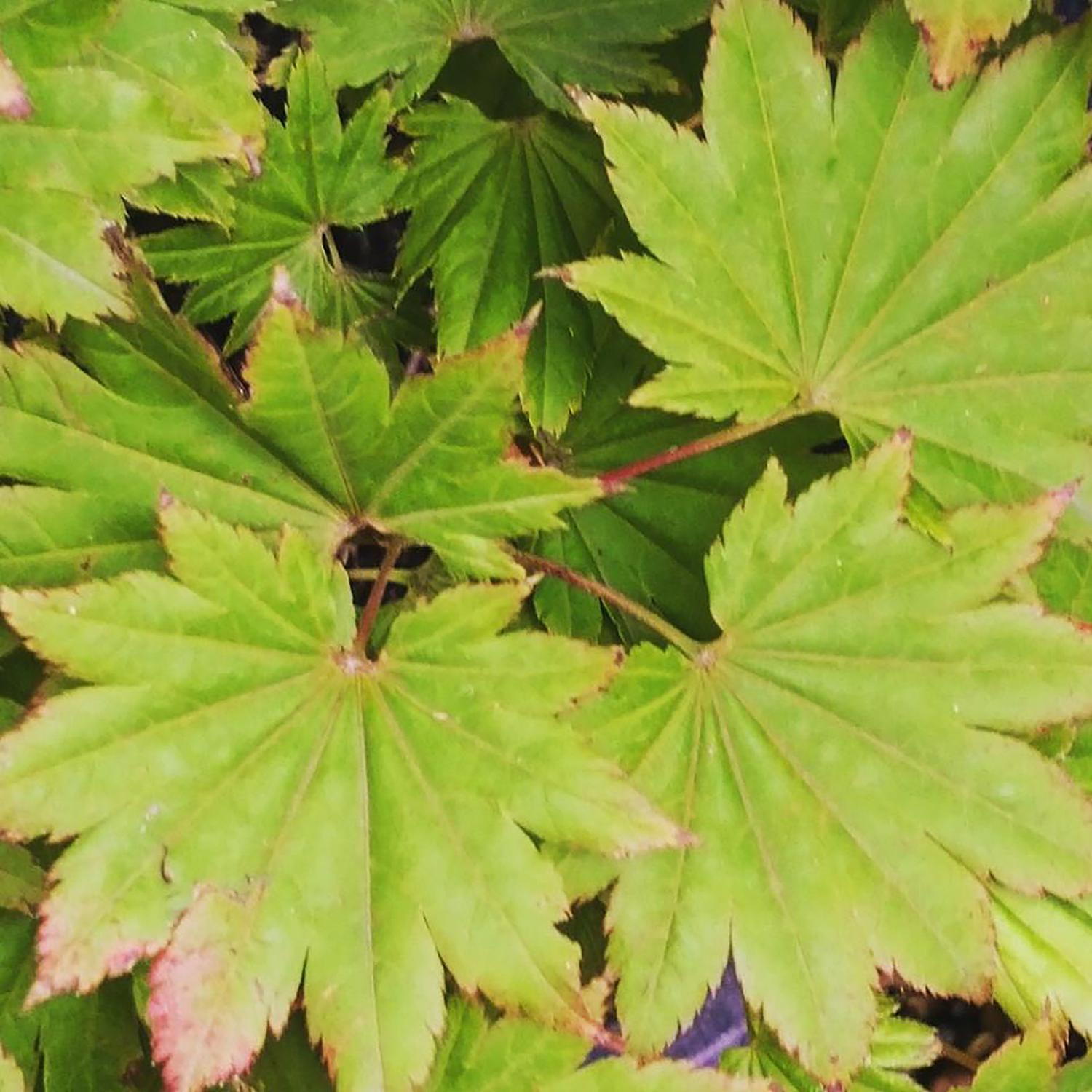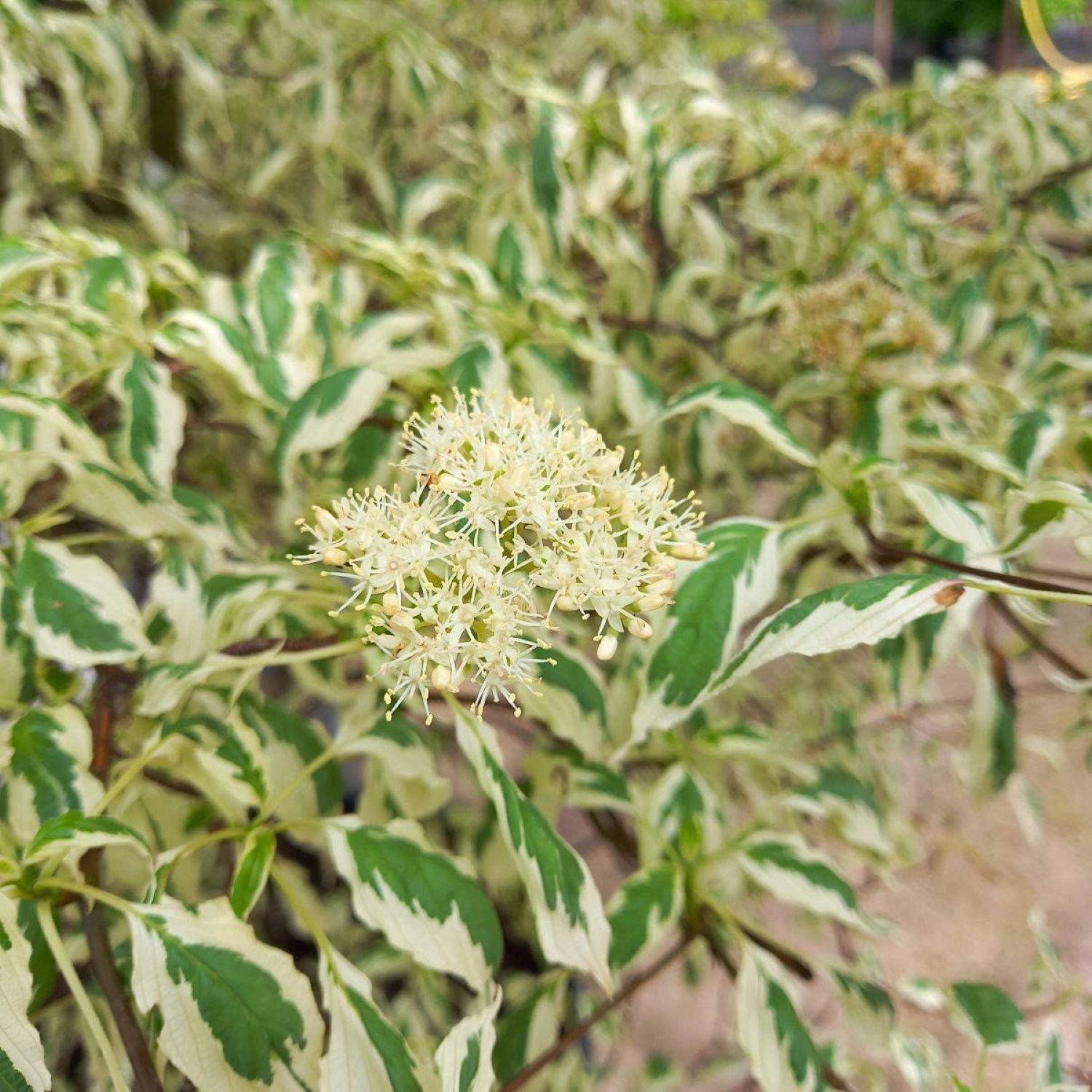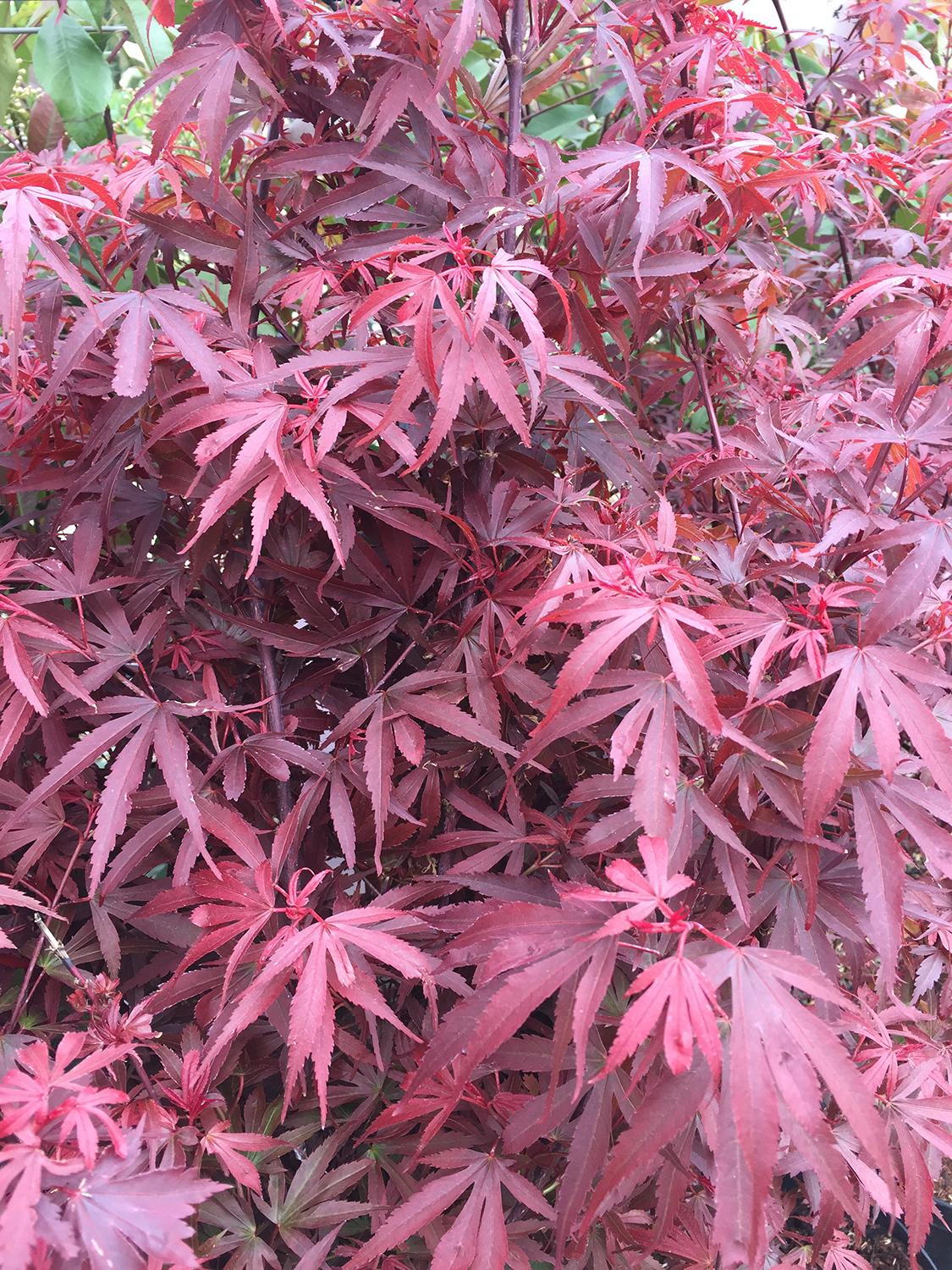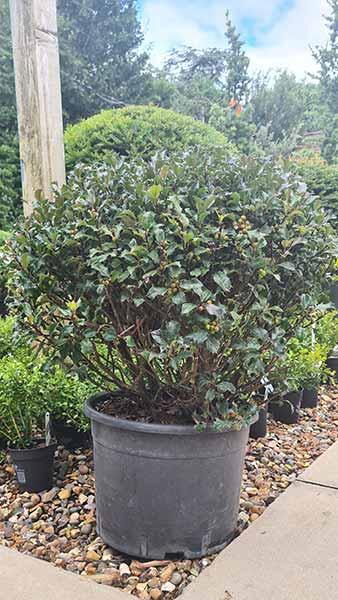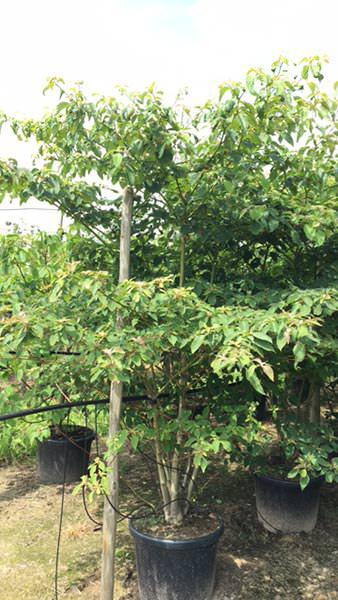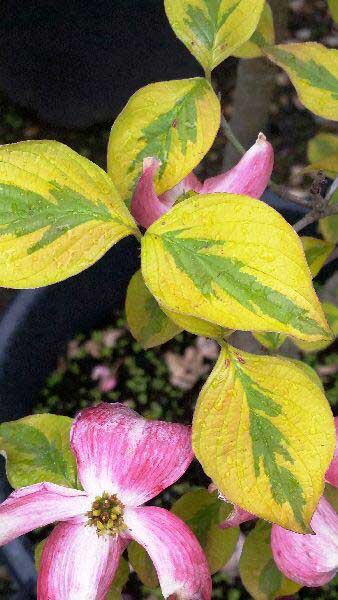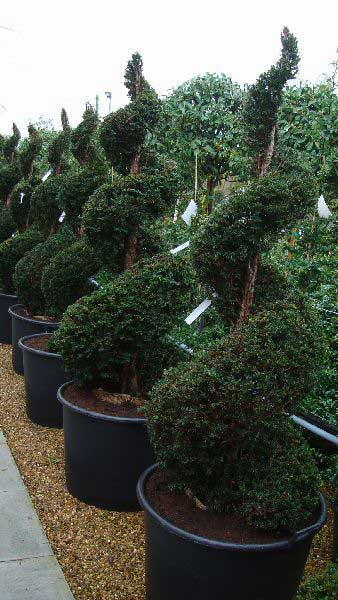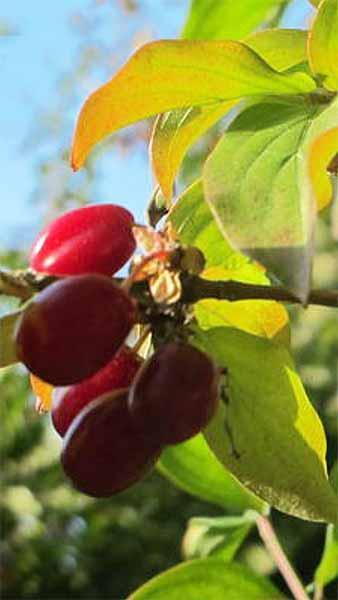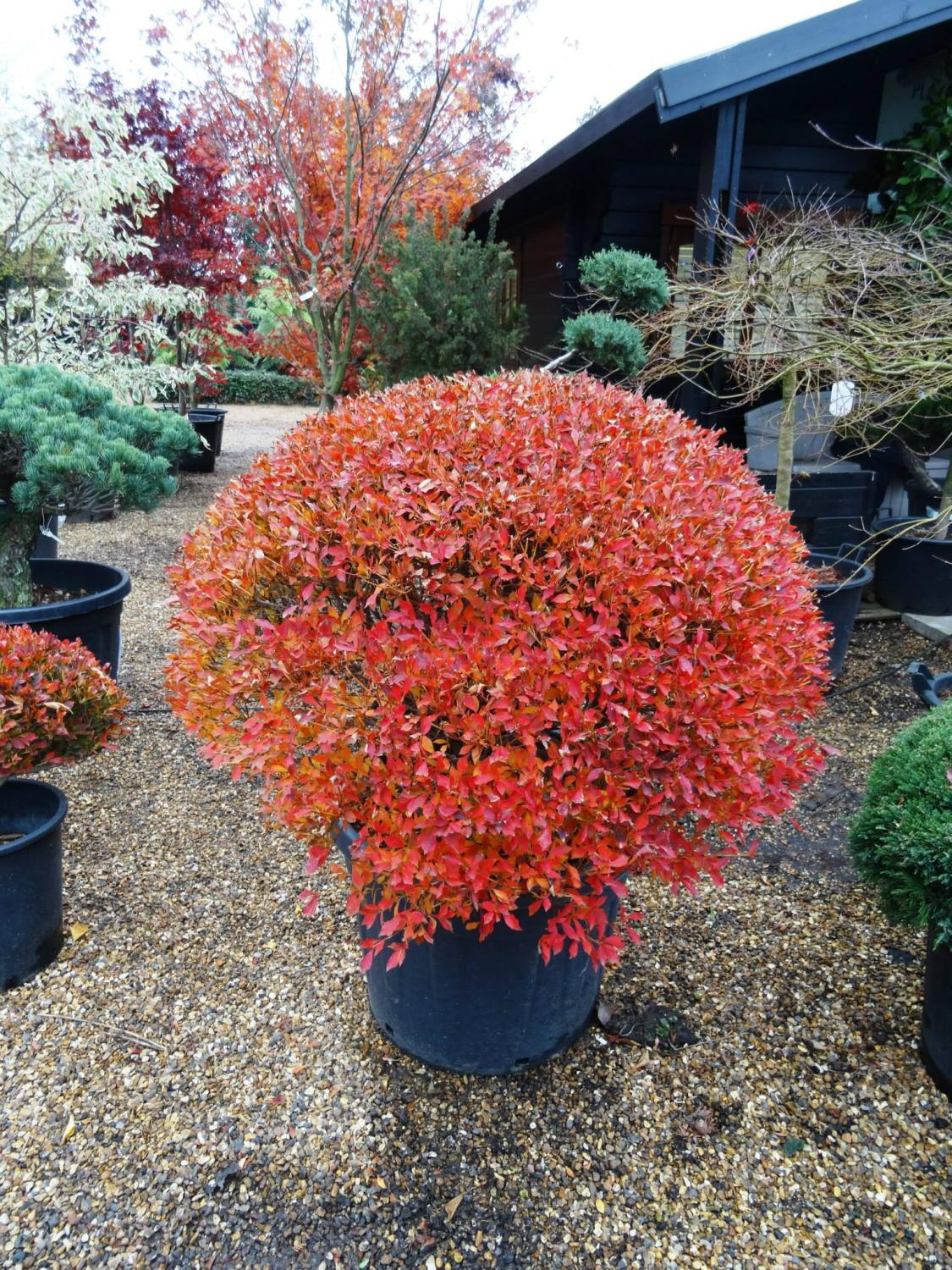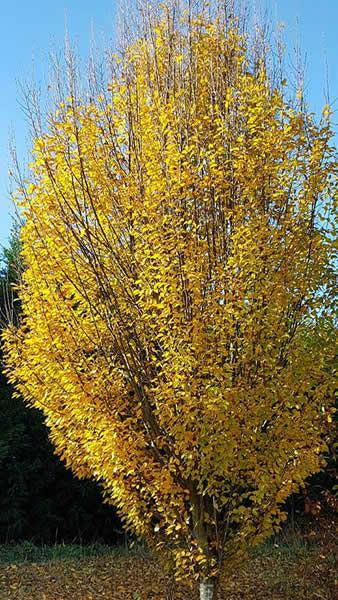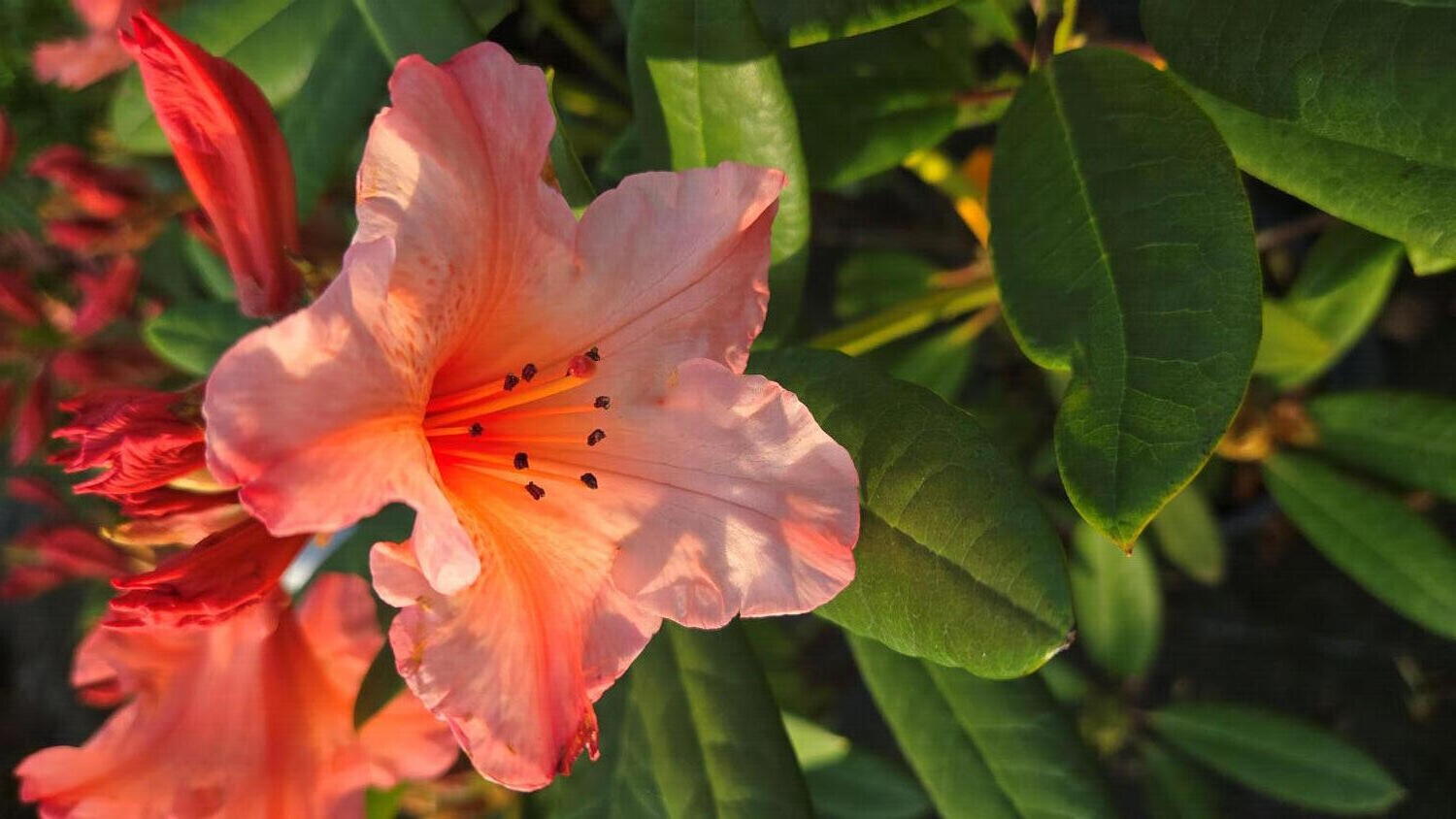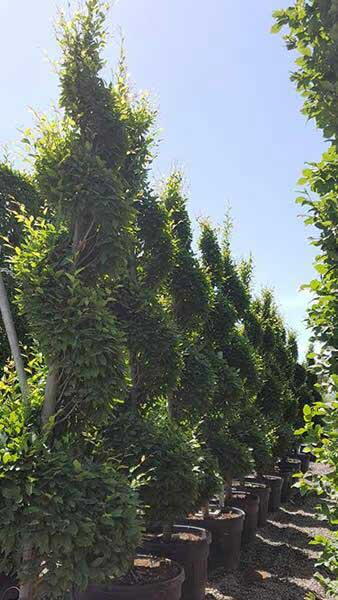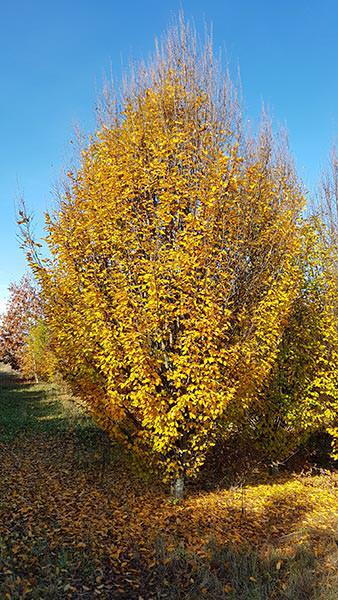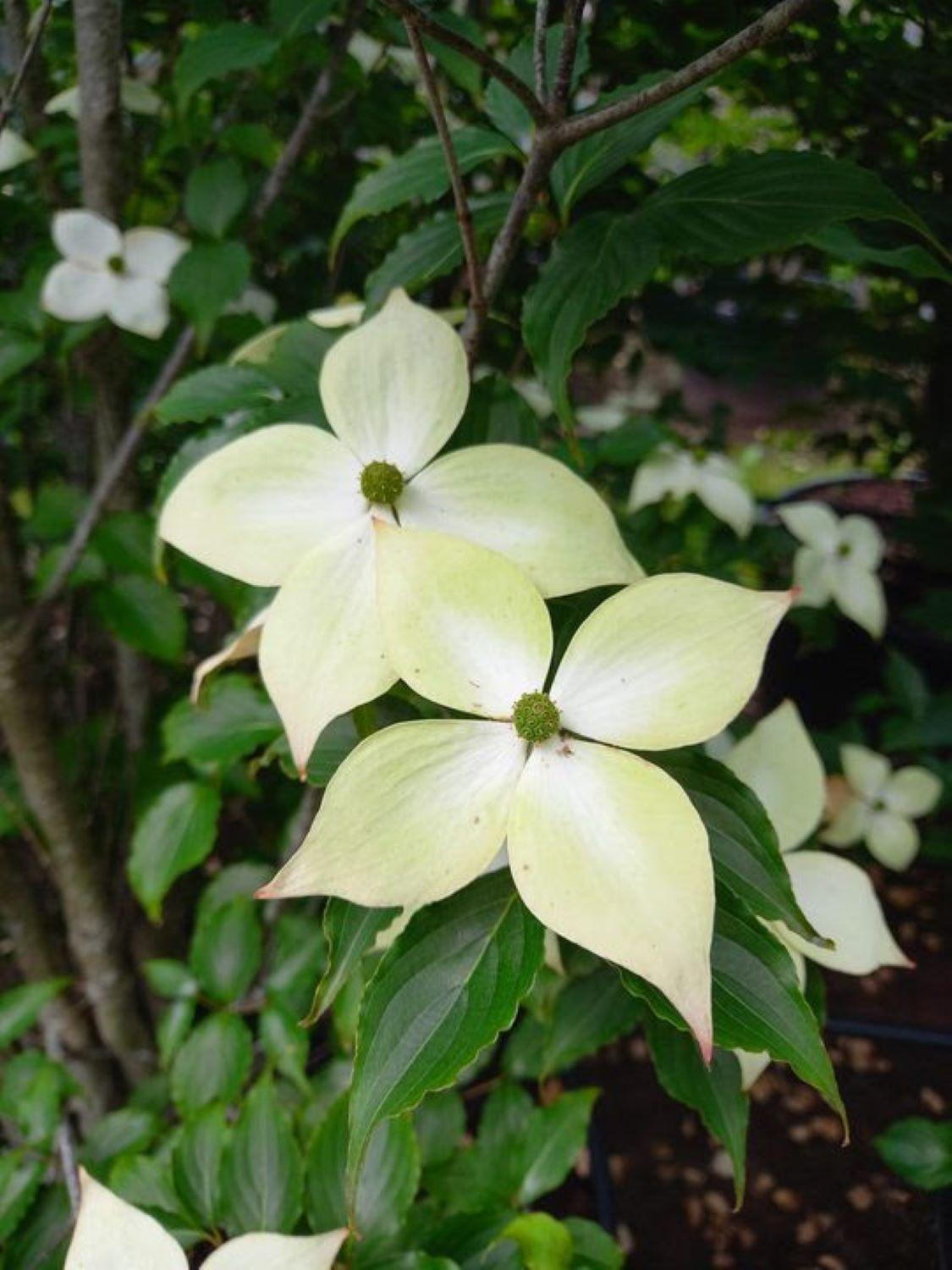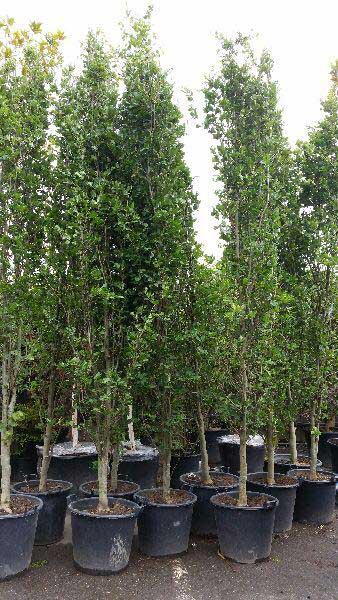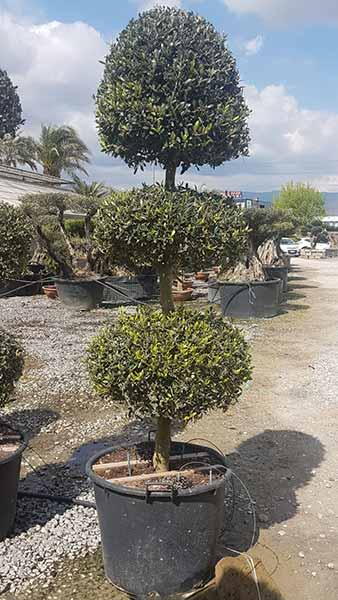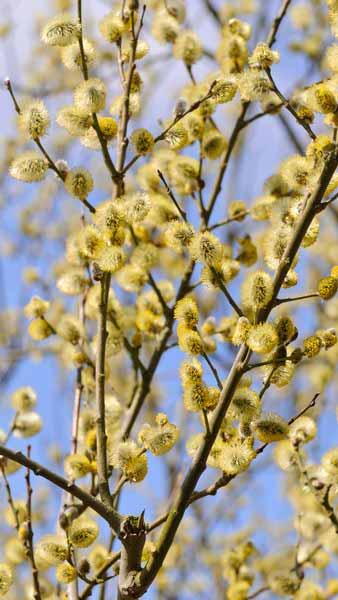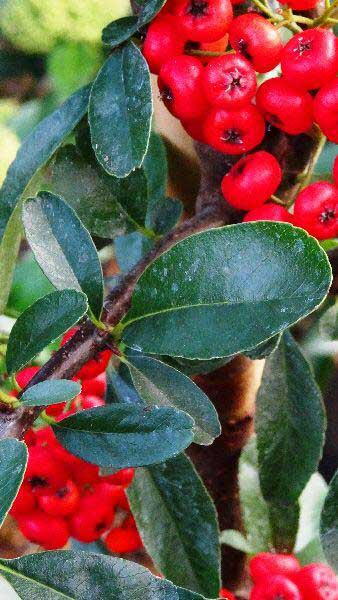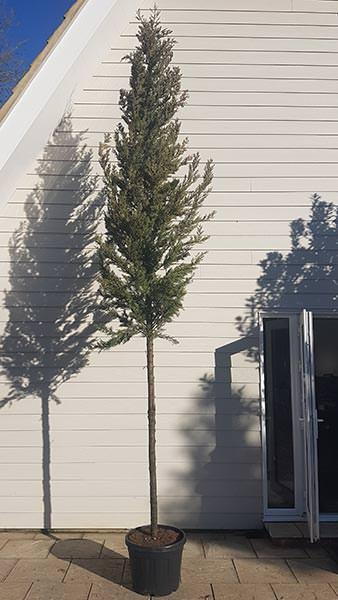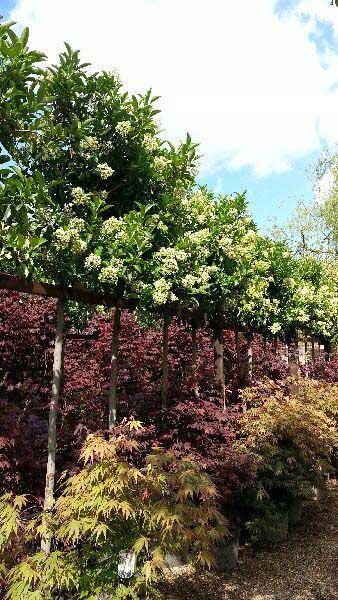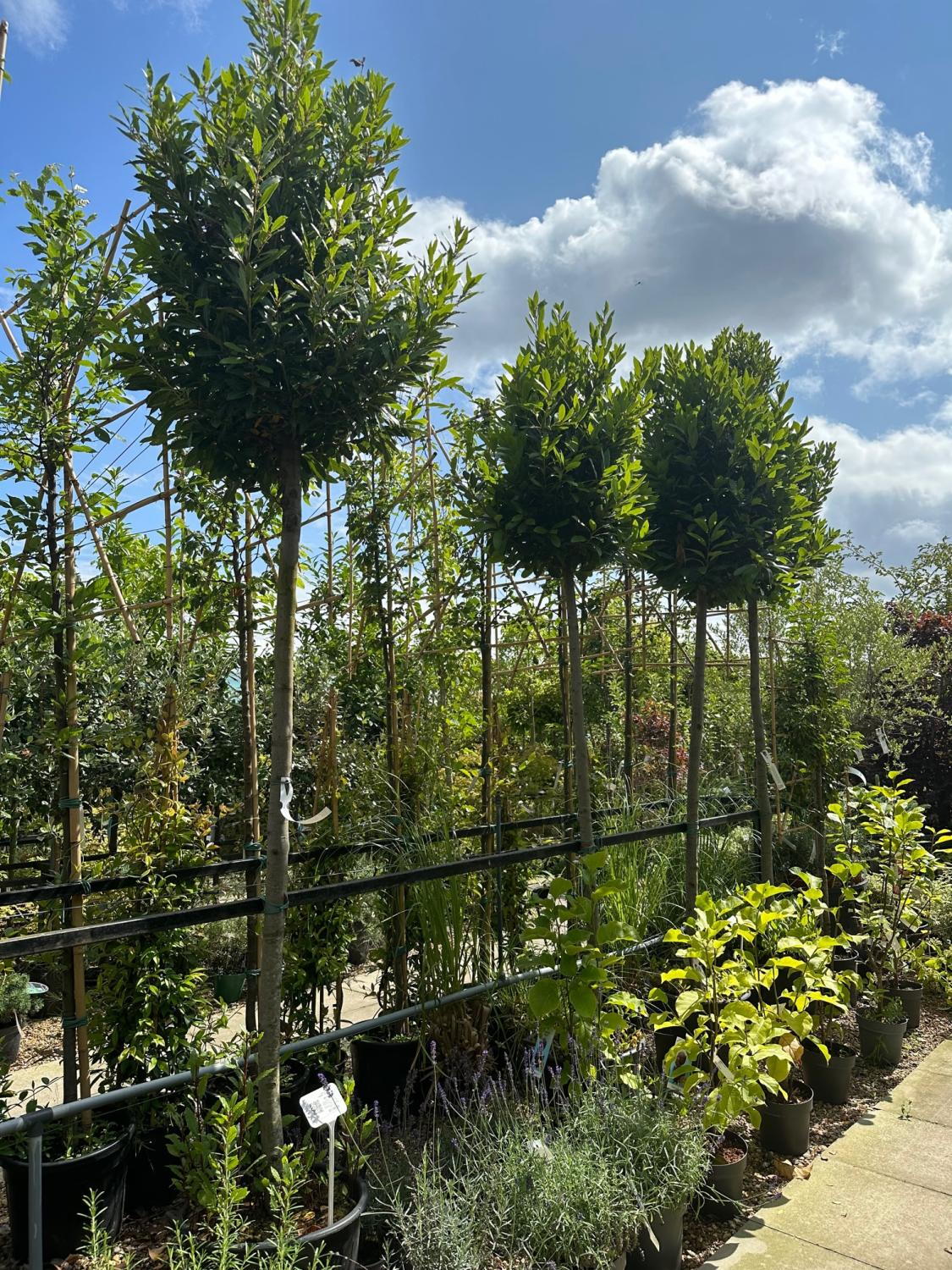Cornus Mas Cornelian Cherry Dogwood Tree or Hedge for Sale
Cornus Mas, commonly known as the Cornelian Cherry tree, will cheer you up in the bleak month of February when its golden flowers bloom! Its flowers, foliage and cherry-red fruits all contribute to making this a worthwhile plant for including in your garden.Native to central Europe, Cornus Mas has been grown in UK gardens for several centuries. As early as February, the small yellow flowers appear on the bare stems, creating a lovely garden picture. The bright red fruits mature in late summer. They are edible, and make excellent jam, or can be left on the tree to attract birds to the garden. The oval leaves, up to 10 cm long, are green in spring and summer, turning purple in the autumn. The bark of Cornus Mas develops large flaking patches of cream, orange and brown, adding to winter interest. The Cornelian Cherry tree is hardy in all of the UK and northern Europe. It will reach its mature height and spread of 2.5-4 metres in 10 to 20 years. If planting as a hedge, space plants 60-90 cm apart. If necessary, prune lightly in the late winter or early spring.Cornus Mas is a tough ornamental tree which will adapt to a variety of growing conditions. Plant it in full sun or partial shade in any well-drained soil, in an exposed or sheltered position. The small size of Cornelian Cherry tree makes it a good choice where space is limited, such as a rooftop terrace or courtyard. It is resistant to urban pollution, so makes a good screen in a city setting, even along a roadway. As a specimen plant in a mixed border, its winter blooms will be welcome colour, and in summer Cornus Mas will provide dappled shade for flowers planted beneath. Against a stone or brick wall with a sunny aspect, the golden flowers will shine, and the leaves and fruits of autumn will stand out. In a country setting, a hedge of Cornelian Cherry will provide privacy, early season colour, and an autumn foliage show, as well as sheltering and feeding birds. It is a good choice for a wildlife or woodland garden, where it will happily grow in the dappled shade of larger trees. In return for little maintenance, Cornus Mas will give your garden winter flowers, summer fruits and colourful fall foliage. No matter the size of your garden, there is a place for this tough and versatile plant!
